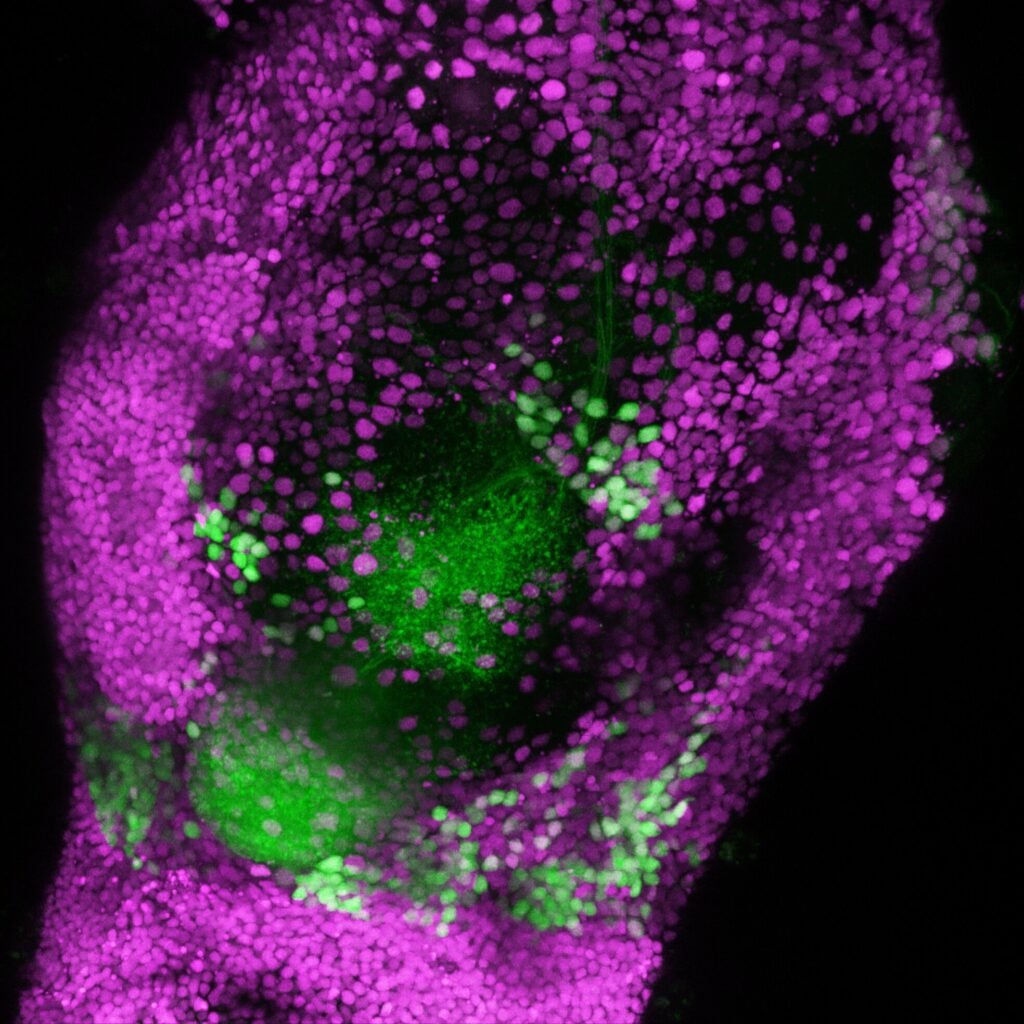Fruit flies have long been a subject of study for researchers looking to understand how the brain processes sensory information. A recent study led by Hokto Kazama at the RIKEN Center for Brain Science in Japan has shed light on how animals perceive the pleasantness or unpleasantness of odors, a key component in our ability to appreciate the flavors of different foods.
The research, published in the journal Cell, revealed that the brain processes these sensory experiences through separate circuits of neurons, rather than as opposite reactions. This discovery challenges the traditional belief that pleasant and unpleasant odors are simply two sides of the same coin.
The sense of smell, or olfaction, is a complex process that involves thousands of overlapping neurons distributed throughout the brain. To unravel this complexity, Kazama and his team turned to the olfactory system of the fruit fly, where they could identify and map every single olfactory neuron and its connections.
Using a combination of two-photon microscopy and optogenetic cell labeling, the researchers were able to record the activity of all neurons in the fruit fly’s brain regions. This method allowed them to develop a network model that accurately represented the neuronal activity and connectivity within the brain.
They discovered that neurons in a brain region called the lateral horn play a key role in representing the innate hedonic value of odors, whether pleasant or unpleasant. The model predicted that unpleasant odors were processed through feedforward excitation of neurons, while pleasant odors involved additional local inhibition.
One of the most surprising findings was that the circuits responsible for processing pleasant and unpleasant odors were not only separate but also distinct in their connectivity patterns. This suggests that the brain treats “good” and “bad” odors in fundamentally different ways.
By using optogenetics to manipulate specific neurons in the fruit fly’s brain, the researchers were able to validate their model’s predictions. For example, silencing a certain local circuit led the flies to dislike an odor they would normally find pleasant.
The implications of this research extend beyond fruit flies, as the olfactory circuitry is similar across animals. Understanding how the brain processes sensory information could lead to advancements in artificial intelligence and algorithm development.
As Kazama explains, “By implementing the circuit mechanisms that we discovered in a compact fly brain, we may be able to develop more efficient algorithms as well as high-efficiency brain-inspired AI.” This work represents a step towards creating a digital twin of the brain, which could help predict how different systems respond to various stimuli.
In conclusion, the study on fruit flies has uncovered new insights into the neural circuits responsible for sensing the pleasantness or unpleasantness of odors. By studying simpler systems in nature, researchers can gain a deeper understanding of complex brain functions that may ultimately benefit human health and technology.


